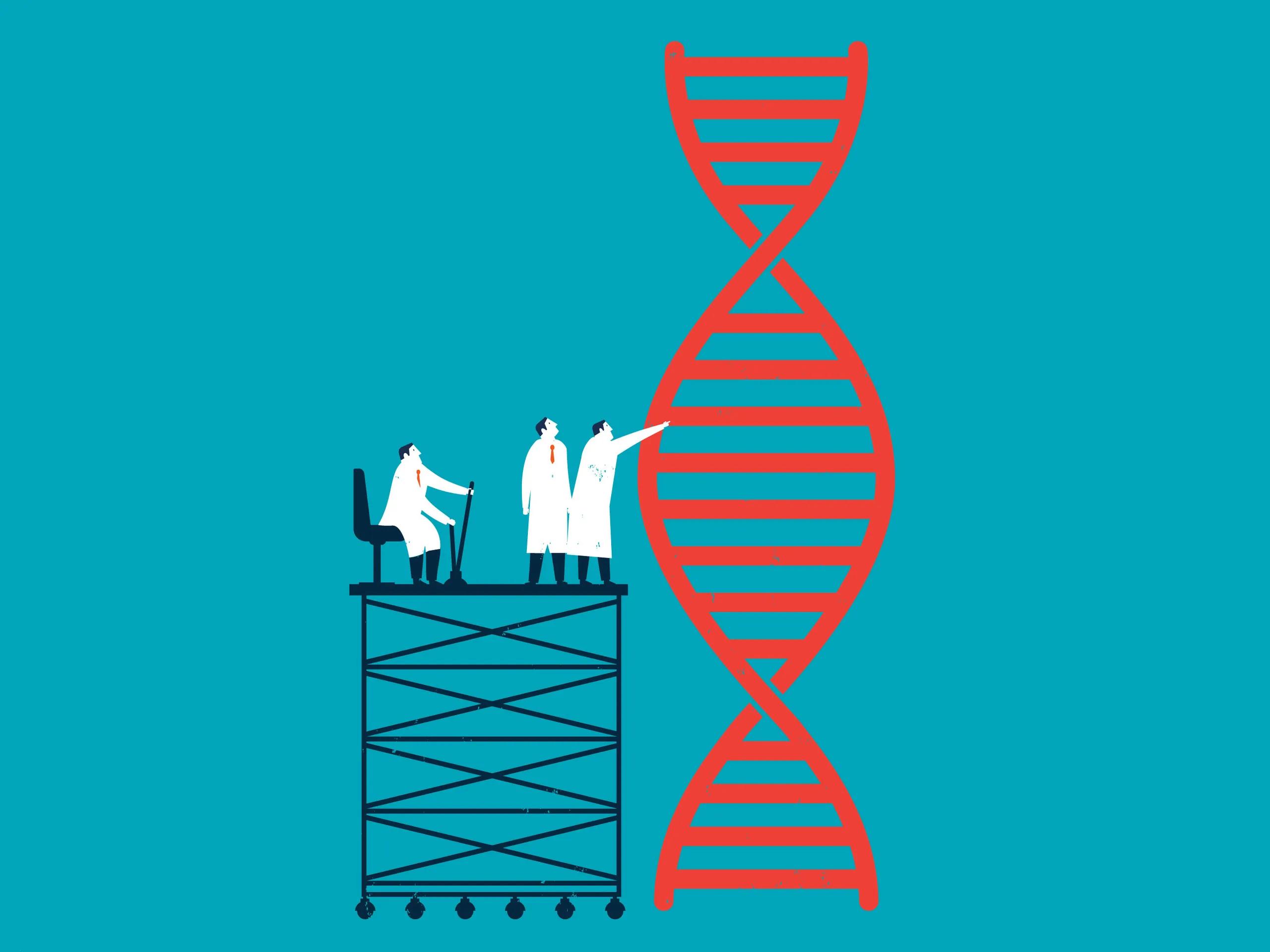Anemia is a condition where the body lacks enough healthy red blood cells to carry oxygen to tissues and organs. This can result in a variety of symptoms such as fatigue, weakness, dizziness, and shortness of breath. Nurses play a critical role in identifying, managing, and treating anemia, with a primary focus on creating an effective anemia nursing diagnosis to guide patient care and improve health outcomes.
The symptoms of anemia can vary depending on its severity and underlying cause. Common signs include fatigue, pale skin, dizziness, shortness of breath, and cold extremities. In more severe cases, chest pain, headaches, and difficulty with physical activities may occur. Recognizing these symptoms is key to forming an accurate anemia nursing diagnosis that will inform the care plan for the patient.
An anemia nursing diagnosis involves identifying specific patient problems and creating targeted interventions. Common diagnoses associated with anemia include fatigue due to decreased oxygen transport, imbalanced nutrition related to deficiencies in iron, folate, or vitamin B12, and ineffective tissue perfusion resulting from poor oxygen delivery to organs and tissues. In more severe cases, a risk for decreased cardiac output may arise, requiring close monitoring of vital signs. Nurses may also identify activity intolerance, as patients often experience difficulty performing daily activities due to weakness and fatigue.
The care plan for anemia is designed to address both the root causes of the condition and the management of its symptoms. Regular monitoring of vital signs like heart rate, blood pressure, and oxygen saturation levels is essential to evaluate the severity of the anemia. Promoting rest is important to reduce fatigue and prevent the worsening of symptoms. Nutritional support, such as a diet rich in iron, folate, and vitamin B12, is a critical part of the care plan, and iron supplementation may be necessary to address deficiencies.
In cases of severe anemia, supplemental oxygen therapy may be required to improve oxygen levels and alleviate symptoms like shortness of breath. Nurses should regularly track lab results, including hemoglobin and iron levels, to assess the effectiveness of the treatment. Education is an important aspect of the anemia nursing diagnosis care plan, ensuring that patients understand the importance of adhering to treatment plans, improving their diet, and attending follow-up appointments.
Genetic testing has become a vital tool in diagnosing inherited forms of anemia, such as sickle cell disease, thalassemia, and hereditary hemochromatosis. These tests help identify the precise cause of anemia, allowing healthcare providers to offer more targeted treatments. For example, sickle cell disease causes the production of abnormally shaped red blood cells that can block blood flow, leading to pain and other complications. Early diagnosis allows healthcare professionals to take preventive measures and provide better care. Similarly, genetic testing for thalassemia enables timely blood transfusions and iron management to prevent complications.
In conclusion, anemia is a condition that requires early detection, proper diagnosis, and individualized care. The anemia nursing diagnosis is a crucial component in identifying patient needs and guiding interventions. Nurses must monitor symptoms, assess vital signs, provide nutritional support, and educate patients to ensure they manage the condition effectively. By integrating genetic testing into the diagnostic process, healthcare providers can offer more personalized treatments, improving patient outcomes and quality of life for those affected by anemia.

















Write a comment ...